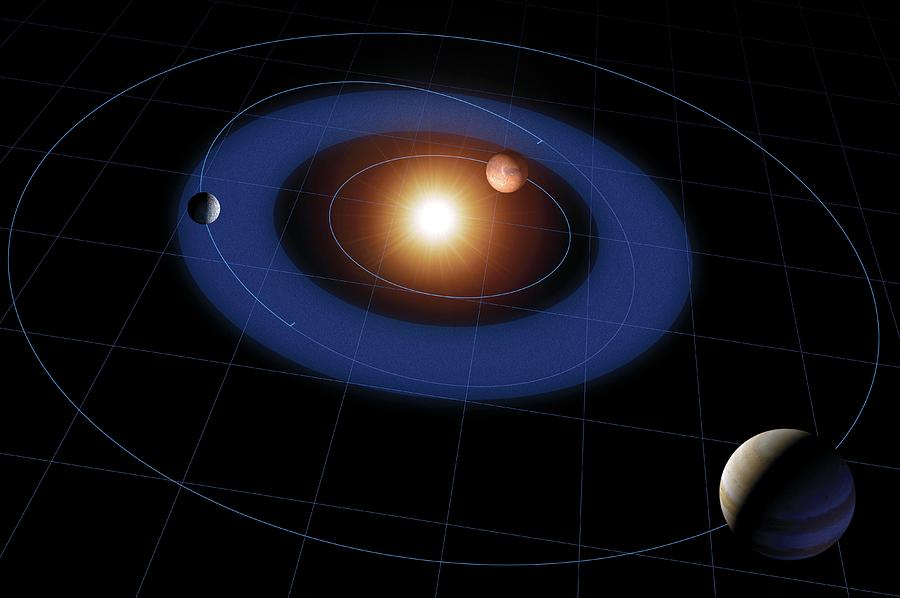The CERES team has been collecting ERB data since 1997, when the first CERES instrument was launched aboard the Tropical Rainfall Measuring Mission (TRMM) satellite. Since then, CERES instruments have launched aboard the Terra, Aqua, Suomi National Polar-orbiting Partnership (S-NPP) and NOAA-20 satellites. The CERES instruments provide direct measurements of reflected solar radiation and emission of thermal infrared radiation to space across all wavelengths between the ultraviolet and far-infrared.
CERES measurements, together with measurements from higher-resolution imagers on polar orbiting and geostationary satellites, are used along with other input data sources to produce data products that describe the ERB at the top-of-atmosphere, within the atmosphere and at the surface. The CERES data products capture variations in ERB at hourly, daily and monthly timescales and at spatial scales ranging from 20 km to global.
The CERES data are used by the climate, weather and applied science research communities to address a range of research topics that involve the exchange of energy between the Earth and space and between the major components of the Earth system.
CERES is the only project worldwide whose prime objective is to produce global climate data records of ERB from instruments designed to observe the ERB.
Ceres Orbital Speed

Ceres Dwarf Planet Orbit
With a radius of 296 miles (476 kilometers), Ceres is 1/13 the radius of Earth. If Earth were the size of a nickel, Ceres would be about as big as a poppy seed. Spyder 4 express software download mac. From an average distance of 257 million miles (413 million kilometers), Ceres is 2.8 astronomical units away from the sun. One astronomical unit (abbreviated as AU), is the distance from the sun to Earth. From this distance, it takes sunlight 22 minutes t. NASA's Dawn spacecraft has entered an approach phase in which it will continue to close in on Ceres, a Texas-sized dwarf planet never before visited by a spacecraft. Dawn launched in 2007 and is scheduled to enter Ceres orbit in March 2015.
